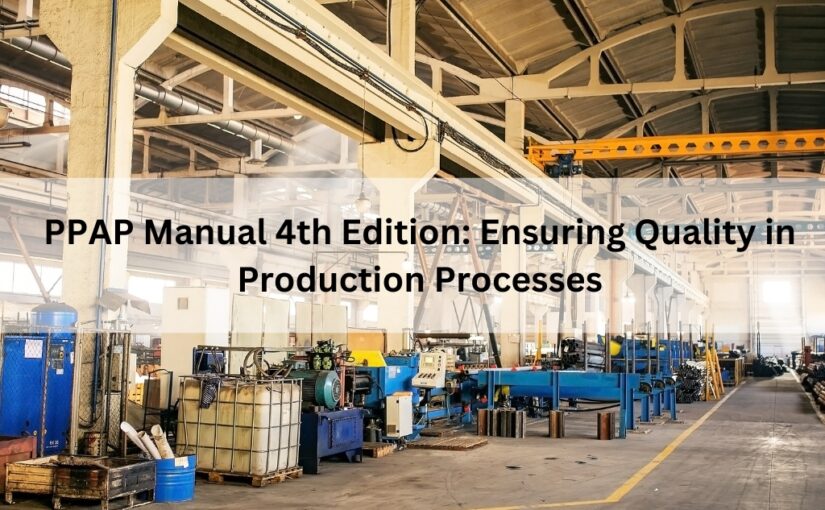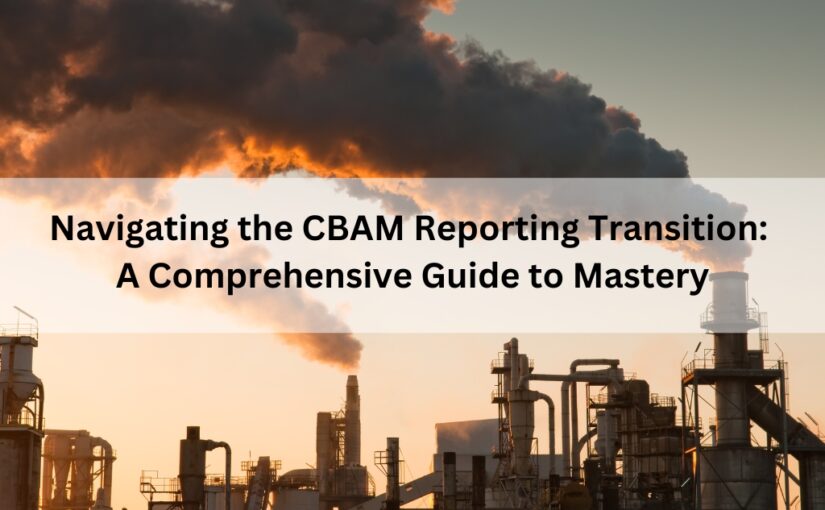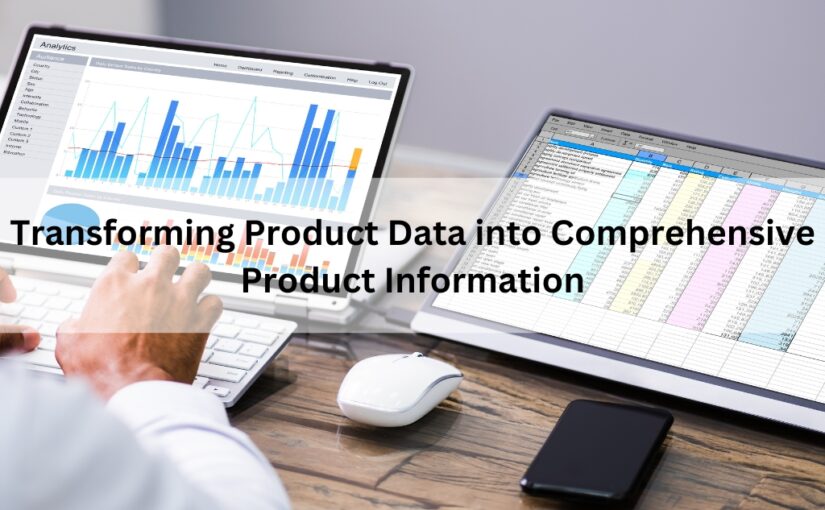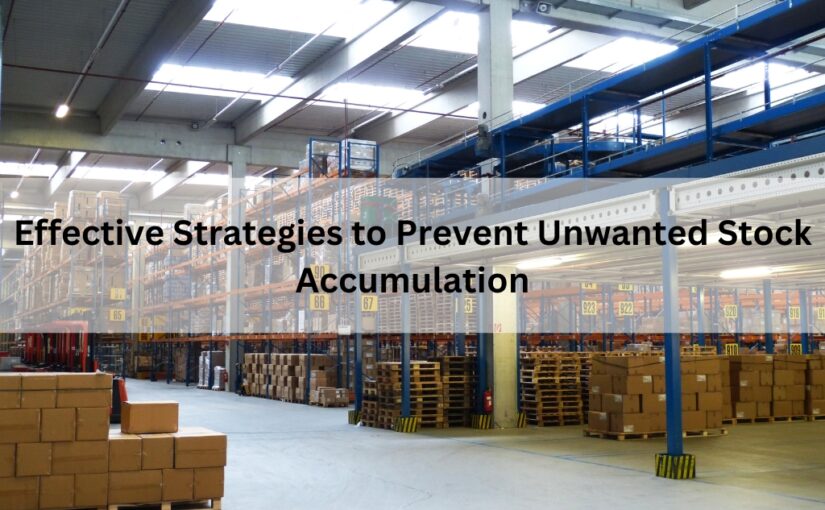What is RoHS All About?
 RoHS Compliance, or more accurately EU Directive 2002/95 covering the Restriction of the Use of Certain Hazardous Substances in Electrical and Electronic Equipment Regulations 2008 (the “RoHS Regulations”) is hard enough to pronounce (people tend to spell it out or opt for Ross, Roz or even sometimes, Rose) let alone to understand, so we thought we would try and sum up why it exists and why you should take notice of it in a couple of short paragraphs.
RoHS Compliance, or more accurately EU Directive 2002/95 covering the Restriction of the Use of Certain Hazardous Substances in Electrical and Electronic Equipment Regulations 2008 (the “RoHS Regulations”) is hard enough to pronounce (people tend to spell it out or opt for Ross, Roz or even sometimes, Rose) let alone to understand, so we thought we would try and sum up why it exists and why you should take notice of it in a couple of short paragraphs.
Basically, what happens with EU directives is that they are passed for Europe as a whole and each member state has to implement the directive within its own laws. This law went live in July 2006 and anything made after this time must follow these environmental compliance laws. The topics covered in this directive are quite wide ranging, for example six hazardous substances have to be removed from all electrical and electronic equipment. These are are Cadmium (Cd), hexavalent Chromium (CR VI), Lead (Pb), Mercury (Hg), polybrominated biphenyls (PBB) and polybrominated diphenyl ethers (PBDE).
The directives also enforce recycling and safe disposal of old equipment that you have sold, these take-back schemes enforcing a duty of care upon the manufacturer and sometimes the distributor to either dispose of the item or to re-use parts. In Europe this comes under the WEEE Compliance Scheme which we cover elsewhere.
Many other countries (such as the US, and China) are implementing their own version of RoHS and WEEE ,so even if you manufacture and ship outside the EU it would be well to at least learn the guidelines and stick with them as much as possible not only for the sake of the environment, but also for your future ability to market products just about anywhere in the world.










